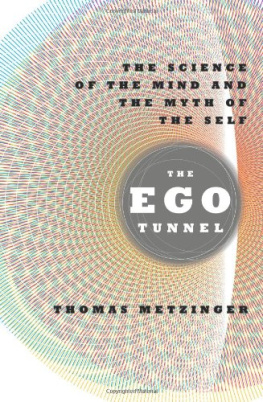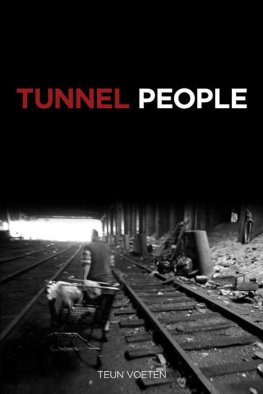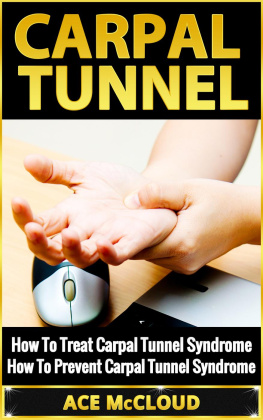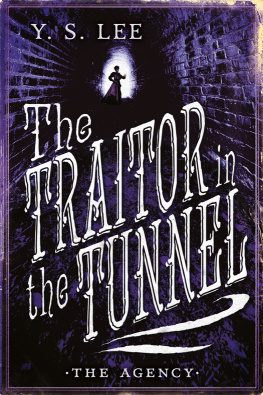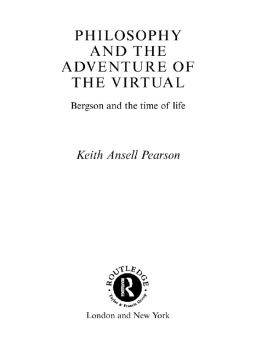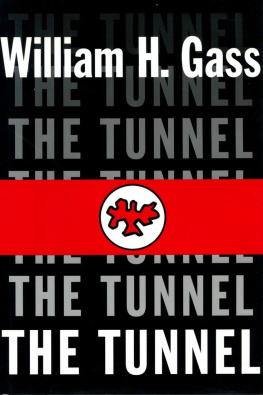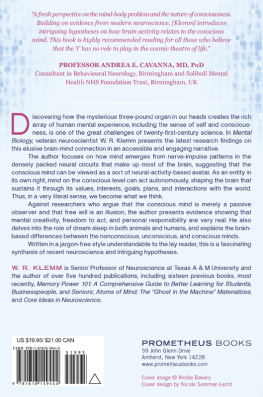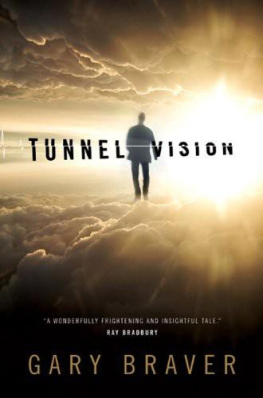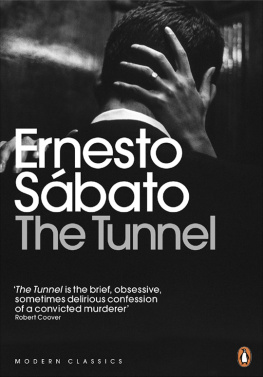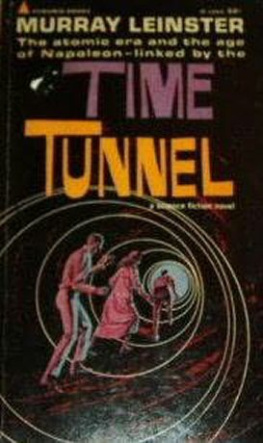Table of Contents
To Anja and my family
Any theory that makes progress is bound to be initially counterintuitive.
DANIEL C. DENNETT, The Intentional Stance (Cambridge, MA 1987, p. 6)
He [Ludwig Wittgenstein] once greeted me with the question: Why do people say that it was natural to think that the sun went round the earth rather than that the earth turned on its axis? I replied: I suppose, because it looked as if the sun went round the earth. Well, he asked, what would it have looked like if it had looked as if the earth turned on its axis?
ELIZABETH ANSCOMBE, An Introduction to Wittgensteins Tractatus (London 1959, p. 151)
ACKNOWLEDGMENTS
This book has not been written for philosophers or scientists. Instead, it is my first attempt to introduce a wider public to what I think are the truly important issues in consciousness research today. The selection of relevant philosophical issues and new empirical insights is entirely my ownand of course hopelessly incomplete and necessarily superficial. But I do hope this book will give interested lay readers a realistic view of the picture of self-consciousness and the human mind now emergingand of the accompanying challenges all of us will have to face in the future.
Of the many people who have supported me in this project, my first thanks go to Jennifer Windt, who has spent countless hours helping me with the English version. I have learned a great deal from her. It is difficult to write a nonacademic book in a language other than your own, and if I have at least partly succeeded, it is due to her accuracy, conscientiousness, and reliability. I then found a superbly professional editor in Sara Lippincott. I am deeply indebted to both of them. Among the many colleagues who have supported me, I am particularly grateful to Susan Blackmore, Olaf Blanke, Peter Brugger, Daniel Dennett, Vittorio Gallese, Allan Hobson, Victor Lamme, Bigna Lenggenhager, Antoine Lutz, Angelo Maravita, Wolf Singer, Tej Tadi, and Giulio Tononi. This work was in part supported by the COGITO Foundation (Switzerland), the DISCOS Project (Disorders and Coherence of the Embodied Self, an EU Marie Curie Research Training Network), and a Fellowship at Europes best Institute for Advanced Research, the Wissenschaftskolleg zu Berlin.
Thomas Metzinger
January 2009
INTRODUCTION
In this book, I will try to convince you that there is no such thing as a self. Contrary to what most people believe, nobody has ever been or had a self. But it is not just that the modern philosophy of mind and cognitive neuroscience together are about to shatter the myth of the self. It has now become clear that we will never solve the philosophical puzzle of consciousnessthat is, how it can arise in the brain, which is a purely physical objectif we dont come to terms with this simple proposition: that to the best of our current knowledge there is no thing, no indivisible entity, that is us, neither in the brain nor in some metaphysical realm beyond this world. So when we speak of conscious experience as a subjective phenomenon, what is the entity having these experiences?
There are other important issues in the quest to probe our inner naturenew, exciting theories about emotions, empathy, dreaming, rationality, recent discoveries about free will and the conscious control of our actions, even about machine consciousnessand they are all valuable, as the building blocks of a deeper understanding of ourselves. I will touch on many of them in this book. What we currently lack, however, is the big picturea more general framework we can work with. The new mind sciences have generated a flood of relevant data but no model that can, at least in principle, integrate all these data. There is one central question we have to confront head on: Why is there always someone having the experience? Who is the feeler of your feelings and the dreamer of your dreams? Who is the agent doing the doing, and what is the entity thinking your thoughts? Why is your conscious reality your conscious reality?
This is the heart of the mystery. If we want not just the building blocks but a unified whole, these are the essential questions. There is a new story, a provocative and perhaps shocking one, to be told about this mystery: It is the story of the Ego Tunnel.
The person telling you this story is a philosopher, but one who has closely cooperated with neuroscientists, cognitive scientists, and researchers in artificial intelligence for many years. Unlike many of my philosopher colleagues, I think that empirical data are often directly relevant to philosophical issues and that a considerable part of academic philosophy has ignored such data for much too long. The best philosophers in the field clearly are analytical philosophers, those in the tradition of Gottlob Frege and Ludwig Wittgenstein: In the past fifty years, the strongest contributions have come from analytical philosophers of mind. However, a second aspect has been neglected too much: phenomenology, the fine-grained and careful description of inner experience as such. In particular, altered states of consciousness (such as meditation, lucid dreaming, or out-of-body experiences) and psychiatric syndromes (such as schizophrenia or Cotards syndrome, in which patients may actually believe they do not exist) should not be philosophical taboo zones. Quite the contrary: If we pay more attention to the wealth and the depth of conscious experience, if we are not afraid to take consciousness seriously in all of its subtle variations and borderline cases, then we may discover exactly those conceptual insights we need for the big picture.
In the chapters that follow, I will lead you through the ongoing Consciousness Revolution. Chapters 1 and 2 introduce basic ideas of consciousness research and the inner landscape of the Ego Tunnel. Chapter 3 examines out-of-body experiences, virtual bodies, and phantom limbs. Chapter 4 deals with ownership, agency, and free will; chapter 5 with dreams and lucid dreaming; chapter 6 with empathy and mirror neurons; and chapter 7 with artificial consciousness and the possibility of postbiotic Ego Machines. All these considerations will help us to further map out the Ego Tunnel. The two final chapters address some of the consequences of these new scientific insights into the nature of the conscious mind-brain: the ethical challenges they pose and the social and cultural changes they may produce (and sooner than we think), given the naturalistic turn in the image of humankind. I close by arguing that ultimately we will need a new ethics of consciousness. If we arrive at a comprehensive theory of consciousness, and if we develop ever more sophisticated tools to alter the contents of subjective experience, we will have to think hard about what a good state of consciousness is. We urgently need fresh and convincing answers to questions like the following: Which states of consciousness do we want our children to have? Which states of consciousness do we want to foster, and which do we want to ban on ethical grounds? Which states of consciousness can we inflict upon animals, or upon machines? Obviously, I cannot provide definitive answers to such questions; instead, the concluding chapters are meant to draw attention to the important new discipline of neuroethics while at the same time widening our perspective.
THE PHENOMENAL SELF-MODEL
Before I introduce the Ego Tunnel, the central metaphor that will guide the discussion from here onward, it will be helpful to consider an experiment that strongly suggests the purely experiential nature of the self. In 1998, University of Pittsburgh psychiatrists Matthew Botvinick and Jonathan Cohen conducted a now-classic experiment in which healthy subjects experienced an artificial limb as part of their own body. The subjects observed a rubber hand lying on the desk in front of them, with their own corresponding hand concealed from their view by a screen. The visible rubber hand and the subjects unseen hand were then synchronously stroked with a probe. The experiment is easy to replicate: After a certain time (sixty to ninety seconds, in my case), the famous rubber-hand illusion emerges. Suddenly, you experience the rubber hand as your own, and you feel the repeated strokes in this rubber hand. Moreover, you feel a full-blown virtual armthat is, a connection from your shoulder to the fake hand on the table in front of you.

